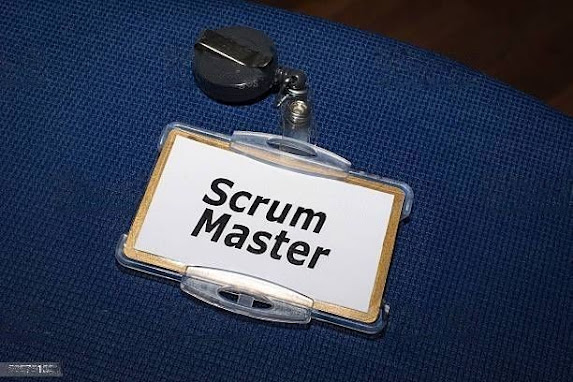Product Backlog vs Sprint Backlog: Understanding the Differences and Similarities
In Agile methodology, product and sprint backlogs are essential components of project planning and execution. While they share some similarities, there are also significant differences between the two that need to be understood to ensure project success.
The product backlog is a list of prioritized tasks that must be completed to achieve the project goals. It is a dynamic document that evolves throughout the project's lifecycle and is a communication tool between stakeholders and the development team. The sprint backlog, on the other hand, is a subset of the product backlog and contains a list of tasks that the development team commits to completing during a sprint.
It is crucial to understand the differences and similarities between product backlog and sprint backlog to effectively plan and execute Agile projects. This blog post will provide an in-depth overview of the product backlog and sprint backlog, their differences and similarities, and how to use them together.
Product Backlog
The product backlog is a prioritized list of features, functionalities, requirements, and user stories that define the scope of a project. It is the primary source of work for the development team, and it is continuously updated throughout the project's lifecycle.
The purpose of the product backlog is to ensure that the development team is working on the most valuable tasks that align with the project's goals. It serves as a communication tool between the development team and stakeholders, providing transparency and visibility into the project's progress.
A good product backlog should have the following characteristics:
Prioritized - Tasks should be ordered in terms of their business value, urgency, and importance.
Detailed - Each task should be clearly defined and include all necessary information, such as acceptance criteria, dependencies, and estimated effort.
Dynamic - The product backlog should evolve throughout the project's lifecycle based on feedback, changing priorities, and emerging requirements.
Collaborative - The product backlog should be accessible to all stakeholders and should encourage collaboration and communication between the development team and stakeholders.
Achievable - Tasks should be realistic and achievable within the project's time frame and resources.
The components of a product backlog include:
User Stories - Descriptions of the features or functionality that the end-users require.
Epics - Large user stories that can be broken down into smaller, more manageable tasks.
Acceptance Criteria - Criteria that define when a task is considered complete.
Estimates - Estimates of the effort required to complete each task.
To create a product backlog, follow these steps:
Identify the project's goals and objectives.
Gather input from stakeholders, including end-users, product owners, and development team members.
Write user stories and break them down into smaller tasks.
Prioritize tasks based on business value, urgency, and importance.
Define acceptance criteria and estimates for each task.
Continuously update and refine the product backlog based on feedback and changing requirements.
Sprint Backlog
The sprint backlog is a list of tasks that the development team plans to complete during a sprint. It is a subset of the product backlog, and it contains only the tasks that the development team has committed to completing during the sprint.
The purpose of the sprint backlog is to provide a plan for the development team to achieve the sprint goal. It is created during the sprint planning meeting, and it is owned by the development team. The sprint backlog is continuously updated throughout the sprint, and it serves as a tool for tracking progress and identifying impediments.
A good sprint backlog should have the following characteristics:
Realistic - The tasks in the sprint backlog should be achievable within the sprint's time frame and resources.
Specific - Each task should be clearly defined and include all necessary information, such as acceptance criteria, dependencies, and estimated effort.
Measurable - The sprint backlog should include metrics for measuring progress and identifying impediments.
Collaborative - The sprint backlog should be accessible to all members of the development team, and it should encourage collaboration and communication.
Dynamic - The sprint backlog should evolve throughout the sprint based on feedback and changing requirements.
The components of a sprint backlog include:
Tasks - Specific items that the development team plans to complete during the sprint.
Estimates - Estimates of the effort required to complete each task.
Assignments - Assignments of tasks to specific team members.
Metrics - Metrics for measuring progress and identifying impediments.
To create a sprint backlog, follow these steps:
Review the product backlog and select the tasks that the development team plans to complete during the sprint.
Break down the selected tasks into smaller, more manageable tasks.
Estimate the effort required to complete each task.
Assign tasks to specific team members.
Define acceptance criteria for each task.
Continuously update and refine the sprint backlog throughout the sprint based on feedback and changing requirements.




Comments
Post a Comment